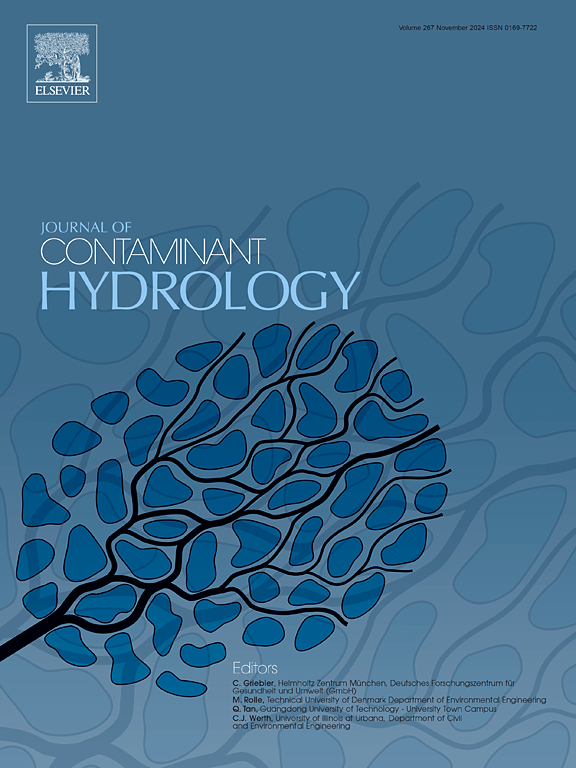Low-temperature Aquifer Thermal Energy Storage combined with in situ bioremediation of chlorinated ethenes: Pilot-scale observations and model-based interpretation
Abstract
Microbial reductive dechlorination is a key process in aquifers contaminated with chlorinated ethenes and results in a net mass reduction of organic pollutants. Biodegradation rates in the subsurface are temperature-dependent and may be enhanced by increased groundwater temperatures. This study explores the potential of combining the temperature increase from low-temperature Aquifer Thermal Energy Storage with In Situ Bioremediation (ATES-ISB). The effects of highly dynamic groundwater flow and heat transport on microbial degradation rates were examined in a contaminated aquifer based on a pilot-scale experiment and a comprehensive process-based modeling analysis. The low-temperature ATES-ISB pilot test was carried out in Birkerød (Denmark), in an aquifer contaminated with trichloroethene by implementing a groundwater flow dipole, injecting heated groundwater, biostimulating the system with lactate and bioaugmenting it with a Dehalococcoides containing culture. Solute concentrations were monitored in four observation wells over the course of the test and a non-isothermal reactive transport model, solved in a two-dimensional heterogeneous domain, was developed to quantitatively interpret the experimental observations. The process-based numerical model also allowed evaluating the evolution of chlorinated ethenes concentrations considering different hydraulic, thermal, and operational scenarios. The results demonstrate the beneficial combination of ATES with in situ contaminant bioremediation, showing enhancement of contaminant mass reduction and more complete reductive dechlorination. The developed process-based model can be instrumental for the design and parameterization of pilot and full scale low-temperature ATES-ISB remediation in shallow aquifer systems.

 求助内容:
求助内容: 应助结果提醒方式:
应助结果提醒方式:


